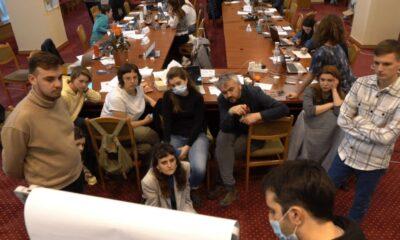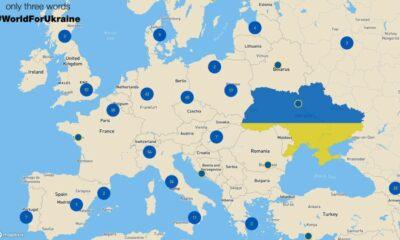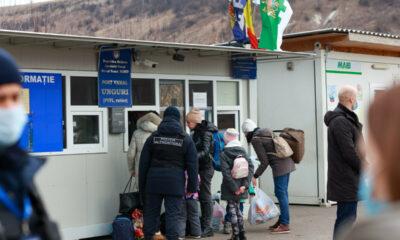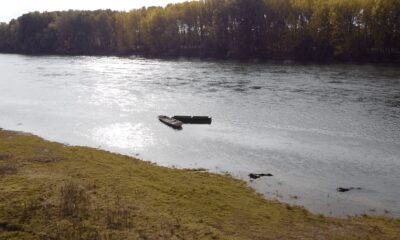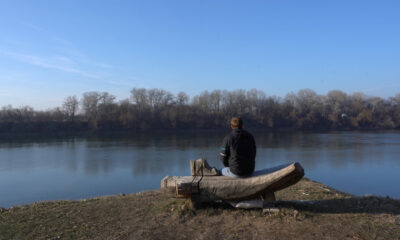Economy
Japanese-Kazakh nuclear energy cooperation: a partnership for the future
Reading Time: 4 minutesJapan, the world’s third largest producer of nuclear energy after the US and France, plans to launch a feasibility study this month to explore the possibility of importing uranium from Kazakhstan through Russia’s Far East.
By Roman Muzalevsky
Japan, the world’s third largest producer of nuclear energy after the US and France, plans to launch a feasibility study this month to explore the possibility of importing uranium from Kazakhstan through Russia’s Far East. Sumimoto Corporation, a Japanese nuclear energy company, claims the move will substantially cut transportation costs as Kazakh uranium currently goes to St. Petersburg and then onto France, the US, and Canada for enrichment before reaching Japan (www.vedomosti.ru, July 22; www.bellona.ru, July 23).
Japan’s trade ministry will finance the six month study that envisions the delivery of Kazakh uranium through the trans-Siberian transportation network to Russia’s Angarsk for enrichment and subsequent transit to Japan via the sea port at Vladivostok (www.rzd-partner.ru, July 23). If realized, the related agreements might also enable Japan to further reduce its dependence on oil from the Middle East and its 50 percent dependence on the uranium imports from Canada and Australia. Kazakhstan will also benefit as it will free up its existing export routes to the West through St. Petersburg, while reducing the transit time for its uranium exports to Asia (www.nti.org, March 13, 2009; www.rzd-partner.ru, July 23).
Russia planned establishing a logistics center in the Far East to meet the rapidly growing needs of the Asian economies, and cooperated with Kazakhstan through transportation-enrichment swap schemes to reduce transit costs, cutting delivery times from 100 to 25 days in some instances. Russia also enjoys 45 percent of the world’s enrichment capacity, while Kazakhstan has huge export potential (www.rzd-partner.ru, July 23; www.energyland.info, July 6). This makes Japan’s feasibility study a relevant undertaking.
The study comes at a time of rising global demand for uranium. There are already 53 nuclear power plants being constructed around the world, with about 500 more planned by 2030 (www.inosmi.ru, February 26). Kazakhstan, therefore, would benefit from the possible transit and enrichment agreements ensuing from the feasibility study. Kazakhstan’s estimated uranium resources, the second largest in the world, constitute 19 percent of global reserves (www.nti.org, March 13, 2009).
In 2009, Kazakhstan became the world’s largest producer of uranium, outperforming Canada and Australia. It has pursued export agreements with Japan, India, China, United States, South Korea, Canada, France, and Russia, seeking to produce as much as 18,000 tons this year alone (www.inform.kz, January 1). “Kazakhstan has been an engine of global uranium production in the last five years,” according to Jim Lennon, an analyst in the Macquarie Group (www.respublika-kz.info, December 18, 2009). However, Mazhit Sharipov, the head of Kazakhstan’s atomic energy agency and industry, treats the country’s successes with caution: “Under intensive extraction we can deplete uranium resources within 70-80 years. Considering that nuclear power is the power industry of the future we should approach this issue very carefully” (www.inform.kz, July 23).
Japan appears well placed to boost Kazakhstan’s export, enrichment and technological capacity, while expanding its status beyond that of a mere supplier of raw materials. “We have uranium, you have high technologies,” Nazarbaev famously stated during his June 2008 visit to Tokyo, where he concluded an agreement to strengthen nuclear energy cooperation (www.articles.gazeta.kz, June 26, 2008). The state-owned Kazatomprom has managed to acquire a 10 percent share of Westinghouse Electric, one of the world’s largest suppliers of nuclear power reactors, from Toshiba (www.inosmi.ru, February 26).
Kazakhstan now plans to obtain a 40 percent share of Japan’s uranium market, for which the proposed feasibility study may conceal lucrative prospects. 2009 estimates suggest that 41 percent of Japan’s electricity production will come from nuclear energy by 2017. Japan currently operates 55 nuclear power reactors and intends to build 11 more in the future (www.kazpravda.kz, June 21, 2008; www.nti.org, March 13, 2009). Consequently, Japan and Kazakhstan have worked to ensure that nuclear energy cooperation continues to produce practical results. Thus, in 2007 Japanese Kansai Electric Power Company, Sumitomo Corporation, Nuclear Fuel Industries Ltd, and Kazatomprom, signed nuclear fuel production agreements, while in 2008 Toshiba agreed to assist Kazakhstan in constructing nuclear power reactors, processing uranium fuel, and building light-water reactors (www.nti.org, March 13, 2009).
Kazatomprom and Marubeni, Tokyo Electric Power, Chubu Electric Power, and Tohoku Electric Power also contracted to develop Kharasan-1 and Kharasan-2 uranium deposits in Kazakhstan, planning to produce 160,000 tons of uranium by 2050. The deal will enable Japan to import 2,000 tons annually and cover 25 percent of its annual fuel needs for nuclear stations (www.ng.ru, December 27, 2007; www.kazpravda.kz, June 21, 2008; www.nti.org, March 13, 2009).
Sumitomo shoji, Kepko, and Kazatomprom, which develop the Zapadny Munkuduk uranium deposit in Kazakhstan, plan to produce 1,000 tons of uranium annually starting this year, enabling Japan to meet 10 percent of its annual uranium needs. Bilateral discussions are currently examining the possible construction of a second nuclear power station in Kazakhstan (www.articles.gazeta.kz, June 26, 2008; www.nti.org, March 13, 2009; www.bvk.kz, May 24). Japan’s cooperation with Kazakhstan has proceeded in the framework of several overarching initiatives towards Central Asia such as “Eurasian Diplomacy,” “Silk Road,” and “Central Asia plus Japan,” which have sought to promote economic development and stability in the region (www.apn.kz, November 20, 2006; www.zakon.kz, June 18, 2008). As this cooperation expands, particularly in the nuclear energy field, Japan and Kazakhstan will find it beneficial to collaborate in preventing nuclear proliferation in Central Asia. Earlier this year, Astana and Tokyo signed a treaty on cooperation in the area of peaceful nuclear energy use, taking an important step in preventing nuclear proliferation (www.vedomosti.ru, July 22; www.kazatomprom.kz, March 3).
Japan’s active involvement in Kazakhstan’s uranium sector provides a platform for the possible transit and enrichment plans involving Russia, Japan and Kazakhstan. With rising global demand for uranium as a key element in nuclear energy production, Tokyo and Astana both stand to gain from their nuclear energy cooperation. Japan is a resource-scarce country with a high-technology capacity, aiming to secure energy markets as the economies of China and India grow rapidly. Kazakhstan, in turn, is a resource-rich country interested in boosting its uranium exports and acquiring technological capabilities that will promote its economic modernization plans and enhance its role in regional and global affairs. Nuclear energy cooperation between Astana and Tokyo appears to be a forward-looking partnership.
Economy
Moldova will receive a disbursement of 36 million euros as part of the the Economic Recovery Plan
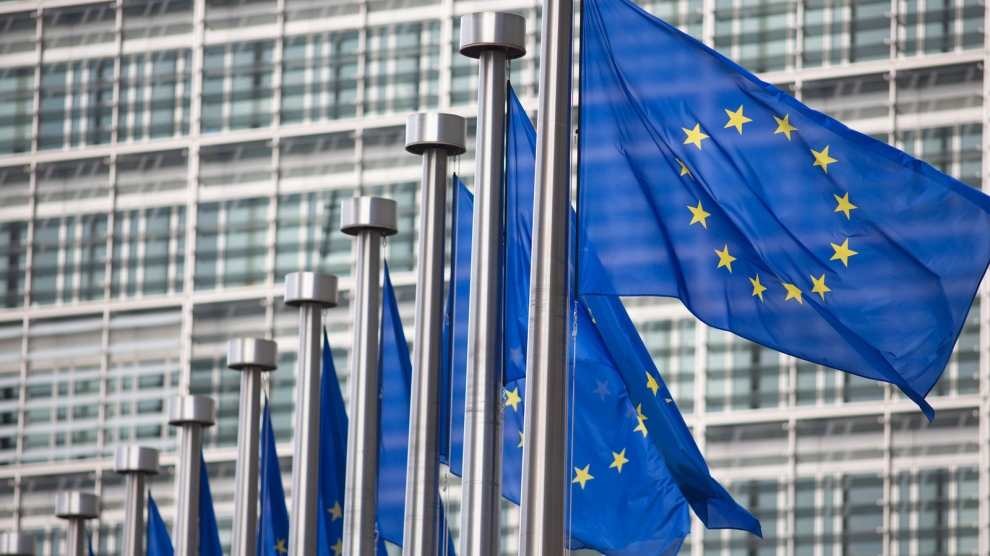
This week, the European Commission approved the disbursement of 36 million euros in grant money for the Republic of Moldova. The announcement was made by Deputy Director-General for Neighbourhood Policy and Enlargement Negotiations at the European Commission, Katarina Mathernova, who paid an official visit to the Republic of Moldova between September 13-15, together with Managing Director for Russia, Eastern Partnership, Central Asia, Regional cooperation and OSCE, at the European External Action Service, Michael Siebert.
The EU officials had meetings with President Maia Sandu, Minister of Foreign Affairs and European Integration, Nicu Popescu, Speaker of Parliament, Igor Grosu, Prime Minister of the country, Natalia Gavrilita, as well as key representatives of Government, international financial institutions and the civil society, according to a press release issued by the Delegation of the European Union to the Republic of Moldova.
Beside such topics as the EU-Moldova relations and prospects, the priorities of the reform agenda of the new Moldovan Government, preparations for the Eastern Partnership Summit at the end of the year and the Transnistrian conflict settlement, the officials also discussed the EU assistance in support of reforms and the Economic Recovery Plan for Moldova, which was announced in June with a total EU support of 600 million euros over the next 3 years.
“The first measures under the Economic Recovery Plan will shortly materialize, with the expected disbursement of 36 million euros in grant money under budget support programmes to support the authorities’ efforts to fight against the consequences of the pandemic. Moldova can count on EU’s assistance on its path to reforms and to recovery, bringing tangible results to citizens,” Katarina Mathernova stated.
The plan is based on assistance provided by the European Union through various bilateral and regional instruments, aiming to mobilize the funds in the form of grants, loans, guarantees and macro-financial assistance.
“The Economic Recovery Plan for the Republic of Moldova involves much more, not just this financial support provided immediately. It must help digital transformation, strengthen infrastructure, energy efficiency, education and support small and medium-sized enterprises,” the EU official also said.
As Prime Minister Natalia Gavrilita informed, “The Economic Recovery Plan and the 5 flagship initiatives for Moldova in the Eastern Partnership will directly contribute to the reform and consolidation of institutions, stimulate long-term socio-economic development, bring direct benefits to citizens, and unleash new economic opportunities through promoting the green agenda and digitization. Small and medium-sized enterprises (SMEs) have been hit hard by the crisis. Promoting and diversifying access to finance and reducing collateral requirements will be essential in supporting economic operators. We are grateful to the EU partners who will launch two programs to support 50 000 independent Moldovan SMEs to adapt to the new conditions.”
President of the Republic of Moldova, Maia Sandu, welcomed the decision of the European Union to disburse about 745 million lei in grant money, as the official page of the President’s Office announced. “EU support comes after a long period of freezing of European assistance, caused by former governments. We managed to relaunch the political dialogue with the European Union and resume financial assistance. The Republic of Moldova is gradually regaining the trust of its strategic partners. This European support is also a signal of encouragement for the new Government team in its commitment to clean up the institutions, fight corruption and launch development programs in the country,” said Maia Sandu.
Photo: unknown
Economy
Romania and Moldova signed a partnership memorandum pledging to cooperate in promoting their wines

The Chamber of Commerce and Industry of Romania (CCIR) and the National Office for Vine and Wine (NOVW) of the Republic of Moldova signed, last week, a memorandum of cooperation on organizing joint promotional activities in the markets of common interest, as the CCIR announced.
China, Japan or the USA are just some of the markets targeted by the Romanian and Moldovan institutions. The memorandum also involves advertising activities for wines from common indigenous varieties, promoting the oeno-tourist region, developing a tourist route in the two states, exchange of experience, study visits, and mutual support in identifying new export opportunities. “We are very confident that this collaboration between our organizations will lead to sustainable economic growth and a higher degree of well-being among Moldovans and Romanians,” claimed Deputy Secretary-General of CCIR, Bogdan Visan.
On the other hand, Director of the NOVW, Cristina Frolov, declared that no open competition with Romania is aimed at the governmental level of the Republic of Moldova. “This request for collaboration is a consequence of the partnership principle. Romania imports 10-12% of the wine it consumes, and we want to take more from this import quota. Every year, the Romanian market grows by approximately 2.8%, as it happened in 2020, and we are interested in taking a maximum share of this percentage of imported wines without entering into direct competition with the Romanian producer,” the Moldovan official said. She also mentioned that Moldova aims at increasing the market share of wine production by at least 50% compared to 2020, and the number of producers present on the Romanian market – by at least 40%.
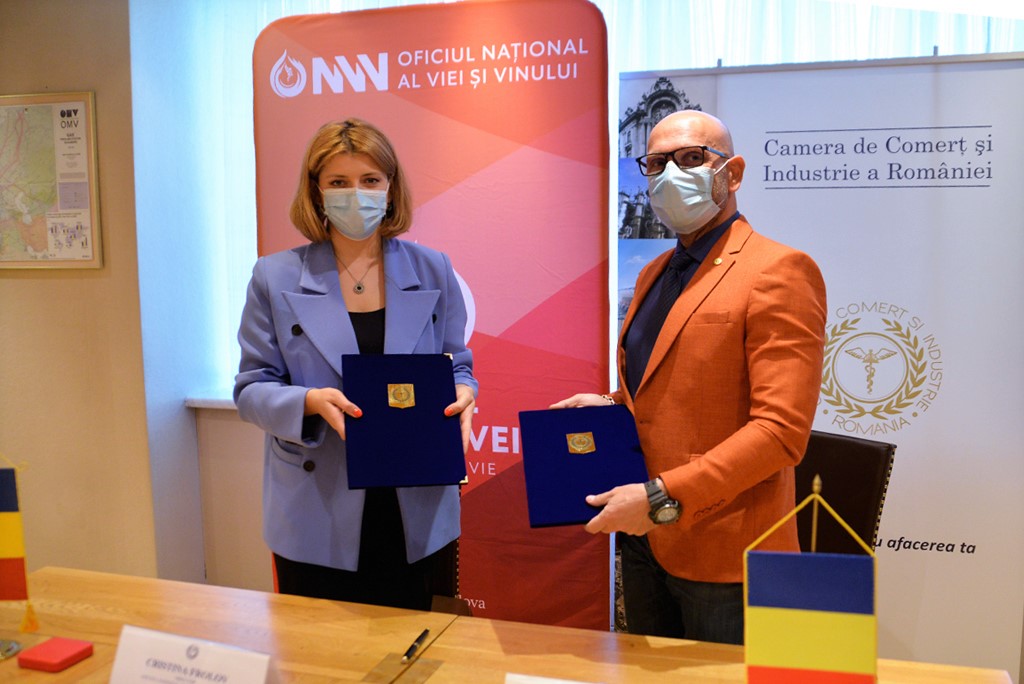
Source: ccir.ro
**
According to the data of the Romanian National Trade Register Office, the total value of Romania-Moldova trade was 1.7 billion euros at the end of last year and over 805 million euros at the end of May 2021. In July 2021, there were 6 522 companies from the Republic of Moldova in Romania, with a total capital value of 45.9 million euros.
The data of Moldova’s National Office of Vine and Wine showed that, in the first 7 months of 2021, the total quantity of bottled wine was about 27 million litres (registering an increase of 10% as compared to the same period last year), with a value of more than one billion lei, which is 32% more than the same period last year. Moldovan wines were awarded 956 medals at 32 international competitions in 2020.
Photo: ccir.ro
Economy
Moldova’s hope to be a top walnut exporter and its main difficulties

The Republic of Moldova has perfect weather conditions for growing walnut trees, that creating a great potential of walnut production and trade, especially on international markets, where the demand is way higher than the product’s supply. National and international experts believe that the country’s walnut production industry is on the verge of important transformations, which could lead to increased yields, quality and competitiveness worldwide.
According to authorities, Moldova exports 34-35 thousand tons of walnuts in shell, which is about 7% of the total export of fruit and 5% of the total export of horticultural products. The export value is assessed as being $120 million, that being 57-60% of the total fruit export value and about 50% of horticultural export value. Most of walnut crops are exported to the EU countries, such as France, Germany, the Netherlands, Romania and Austria. The country’s exports were among the world’s top 10 when it comes to the highest dollar value of the product during 2020.
Viorel Gherciu, Minister of Agriculture and Food Industry, pointed out that the production in the domestic walnut industry has increased by 55% in the last five years, which ranks Moldova among the main producers in the world.
“The biggest opportunity for this industry is that we are in the geographical proximity of the largest walnut import area in the world, which is the European Union, with almost 40% of total imports in the world. We are on the EU border, with privileged relations, with an Association Agreement. We already enjoy a good relationship in working with European importers, they trust our processors. A very close collaboration has been created and this is, in fact, the guarantee for those who invest in the area,” claimed the president of the Walnut Producers Association, Oleg Tirsina.
The data provided by the National Bureau of Statistics show that there are 34.7 thousand hectares of walnut plantations in the country. 20.90 hectares are represented by orchards. 75% of planted orchards are formed of old varieties trees. 30-35% of the exported production comes from orchards, the rest comes from individual farmers and plantations along the roads. This means that the quality of walnut production is not at its maximum potential. Developing commercial plantations through orchards modernization and extension of walnut varieties would provide double yield and better quality, experts say.
Governmental support in the form of subsidizing solutions, foreign investments and credit options are indispensable for the industry development. One of the financing options is the credit line of the European Investment Bank Project. Since 2016, 15 producers and processors of nuts, almonds and hazelnuts have benefited from these loans with the total amount of investments worth 8.7 million euros. A further extension of the project would provide another 60 million euros for the modernization of the horticultural sector in general and for harvesting organic walnuts in particular.
Photo: heymoldova.com


